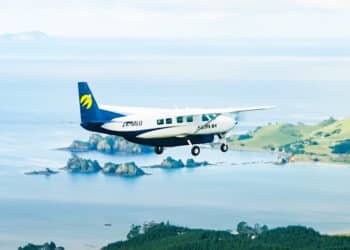FAA loosens up on drones
The Federal Aviation Administration (FAA) said it will allow the testing of unmanned aircraft systems (UAS), or drones, to be flown at or below 200 feet at six approved test sites in the United States. A certificate of waiver or authorization will be required, but it drops the ceiling from 400 feet. The six chosen sites are in the states of Alaska, North Dakota, Nevada, New York, Texas and Virginia.
The FAA reckons that this will allow more opportunities for research on drones so that they might be integrated in the U.S. airspace quicker.
The certificates of authorization (COA) will allow drones weighing less than 55 pounds to fly up to 200-feet above ground level anywhere in the country except restricted airspace and areas close to airports and heliports. Operators still must fly during daytime hours and must be within visual line of sight of the pilot. The new authorizations will allow testing of various types of UAS under a single COA. Previously, the FAA required authorization for each type of UAS the operators wanted to fly.
Additionally the agency now permits people who hold a recreational or sport pilot certificate to conduct test site operations under the blanket COA. Previously, the agency required operators to hold at least a private pilot’s license. A third-class medical certificate also is no longer required. Now an operator only needs a valid driver’s license to satisfy the medical requirement.
The six UAS test sites are the first public locations to receive this type of “blanket” airspace access across the U.S. The sites may still fly outside the blanket COA parameters if they receive or retain separate COAs specific to the airspace requested for those operations.




